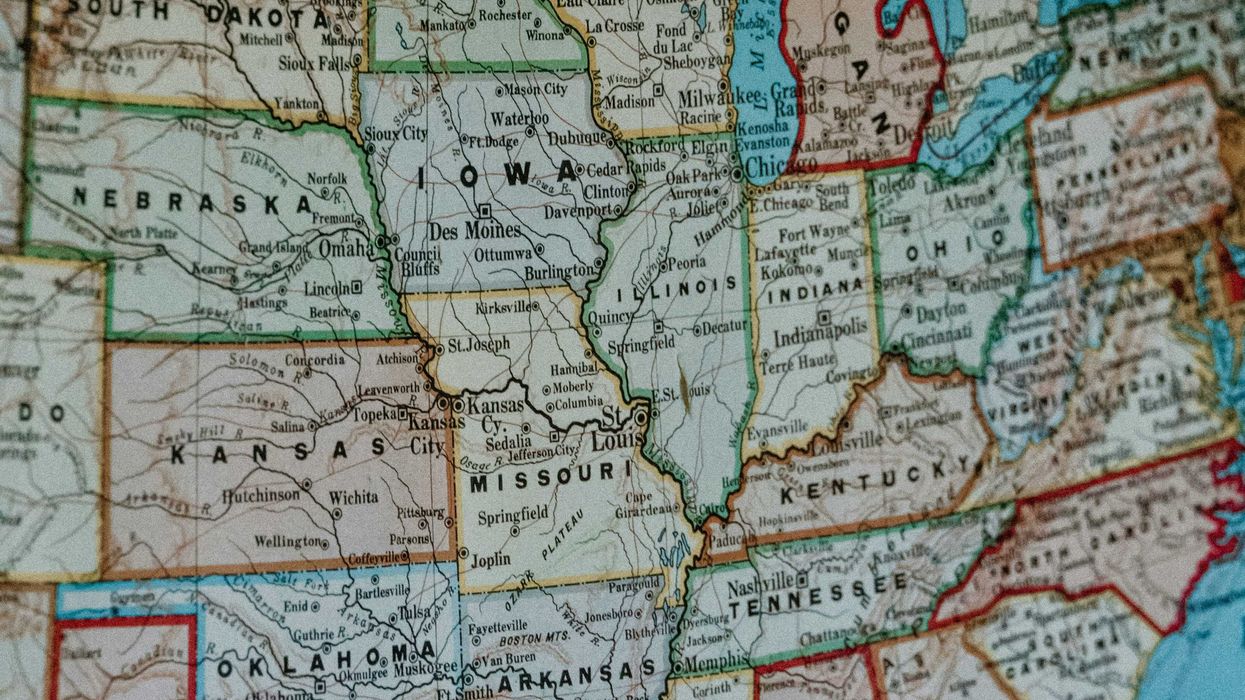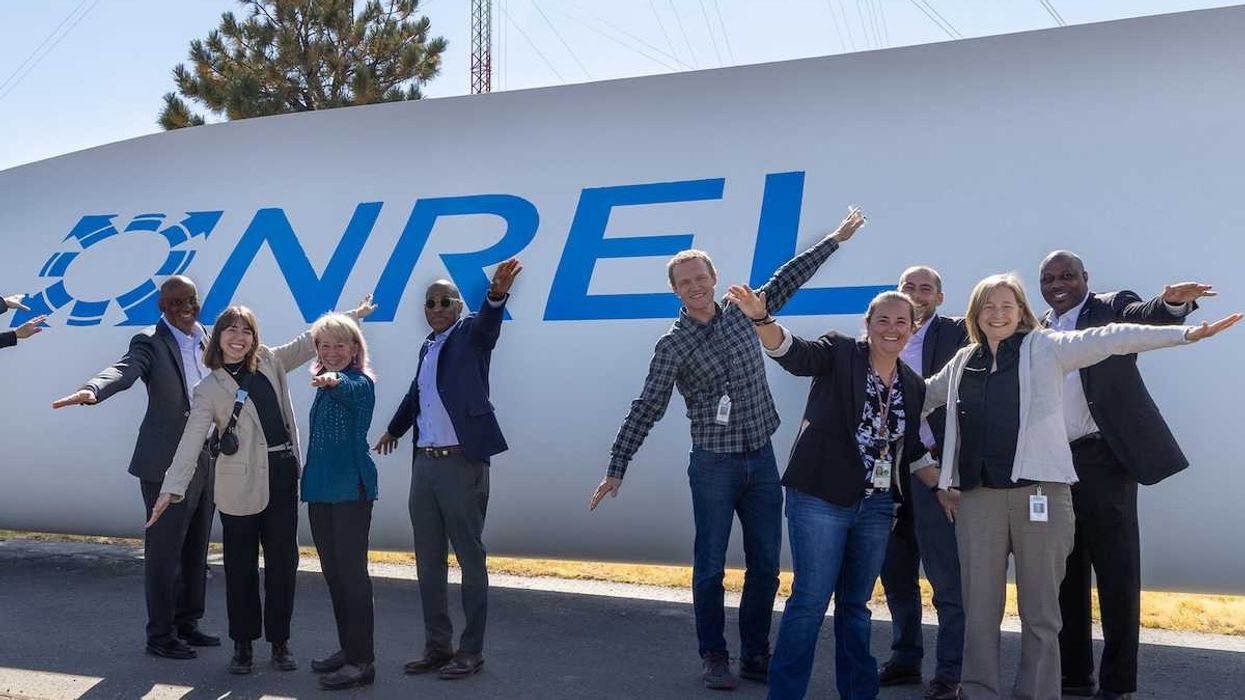The Cibola National Forest will prioritize two long-dormant uranium mining projects near Mount Taylor, following executive orders from President Donald Trump to boost domestic energy production, according to a leaked staff meeting recording.
Patrick Lohmann reports for Source New Mexico.
In short:
- Forest Supervisor Heidi McRoberts told employees the agency will refocus on uranium mining as a "mission-critical" priority, alongside mass firings and policy shifts aligning with Trump administration directives.
- The Roca Honda and La Jara Mesa uranium mines, stalled for over a decade, would be the first permitted uranium mines in New Mexico in 50 years, raising environmental and health concerns for nearby Indigenous communities that continue to suffer health effects from mining waste.
- Opponents warn mining could deplete aquifers, contaminate water, and revive the harmful legacy of Cold War-era uranium extraction that devastated local communities and ecosystems.
Key quote:
“New Mexico is in a drought, so the idea of trying to dewater that mine…It would be sucking billions of gallons of water out just to make a shaft there.”
— Susan Gordon, coordinator of the Multicultural Alliance for a Safe Environment
Why this matters:
Uranium mining in New Mexico has left a toxic legacy, particularly for Indigenous communities near abandoned sites still leaking radiation decades later. Restarting extraction near Mount Taylor, which is sacred to local tribes, risks groundwater contamination and long-term health effects, especially given the region’s history of uranium-linked cancers and environmental degradation. The push for domestic uranium production raises questions about balancing energy policy with environmental justice, particularly when federal oversight is shifting under new political leadership.
Related EHN coverage: Years after mining stops, uranium's legacy lingers on Native land














